SouthCoast Wonders: Who owned Fall River's first ever automobile? Hop aboard the Altham
FALL RIVER — The state Registry of Motor Vehicles’ latest census shows that Fall River is home to a little over 64,000 cars and trucks — every single one of them in your way, turning a quick trip for bread or a few scratch tickets into a 45-minute chore.
In the transition from the horse-and-buggy days to today’s car-dominated world, someone had to have Fall River’s first car. As it turns out, the story of what is likely Fall River’s first car is a fascinating tale about a vehicle built right here in town. It’s a story of American ingenuity, trend-chasing, technological breakthroughs beyond people’s imagining, and ultimately, fraud.
Let’s take a ride in the Altham motor car.
Who was Fall River's first mayor? Doctor Know Nothing, the incredible life of Fall River's James Buffinton
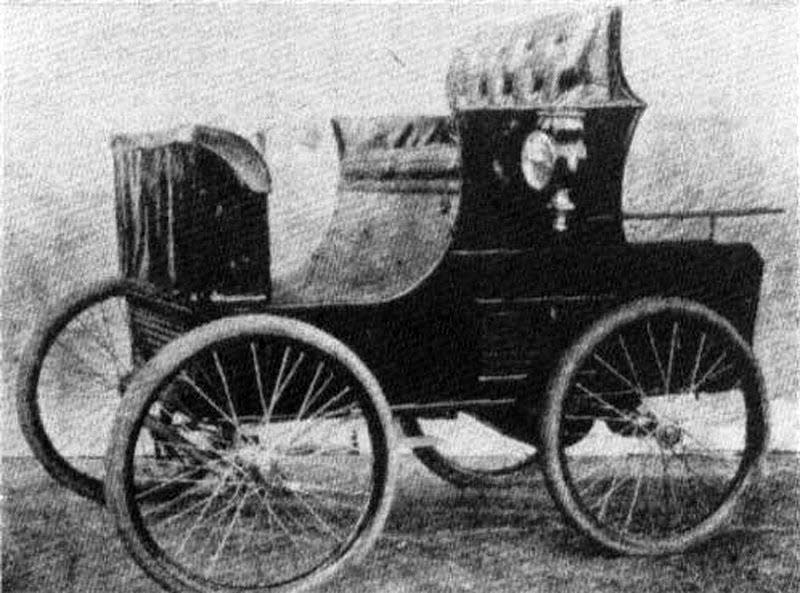
Fall River and Swansea man invents the Altham horseless carriage
In the late 1800s, a worldwide race was on to perfect the automobile. After decades of prototypes, the last several years of the 19th century saw a flurry of innovations that kicked the horseless carriage into high gear. Powered by steam, electricity, and other liquid fuels, the car was taking off.
George J. Altham, a Fall River native living in Swansea, was fascinated by these developments. Born in 1862, he was a designer and inventor of engines. He secured patents for motors as early as 1891, and in 1892 invented a 40-horsepower motor used for streetcars.
While car developments picked up speed in the mid-1890s, Altham kept pace, rapidly inventing and patenting engine governors and friction gearing and power-transferring mechanisms. And in 1897, at his workshop at 28 Ballard St. in Fall River, he combined these pieces, mounting a gas- or kerosene-powered engine onto his first horseless carriage.
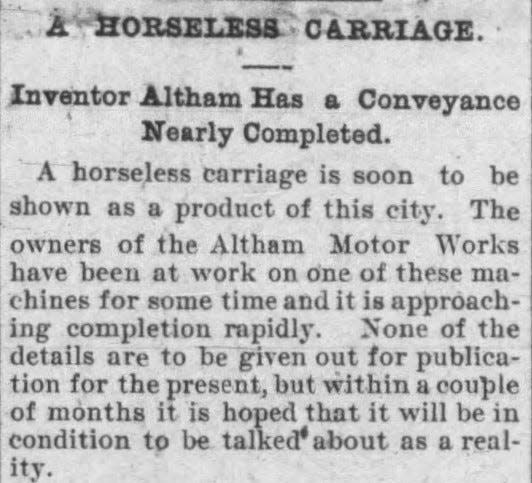
“A speed of 15 to 17 miles an hour is said to be possible with this motor,” read a report from the Fall River Daily Evening News of Aug. 5, 1897, “and the carriage will run nearly a week before it becomes necessary to replenish it with fuel.”
Altham’s car didn’t quite reach that breathtaking speed when he demonstrated it for Thomas Kirwan of the Boston Herald on Oct. 5, 1897. His car was a two-seat open wagon with large pneumatic tires, powered by a 6-horsepower engine. It was started, stopped and steered by a single lever “not unlike the tiller of a boat.”
Remembering Lincoln Park: Dartmouth amusement park was a summer hotspot — but why did it close?
The carriage “was run out of the factory and around a track. … Here a speed of nine miles an hour was maintained for over half an hour, though on a straight line the carriage would easily accomplish 10 miles an hour at the same speed.”
The Altham wasn’t ready for cruising the Ave just yet, however. “He had not his braking attachments applied to it,” and Altham worried about not being able to stop quickly enough if they spooked any passing horses.
Still, Kirwan was thoroughly impressed at how smoothly it ran, noting that “an intelligent boy 10 years of age could learn to operate the carriage inside of an hour.”
“It would be difficult to find a machine in the whole range of modern invention which combines so many original mechanical devices in its make-up as the Altham motor carriage. … It is the horseless carriage of the future.”
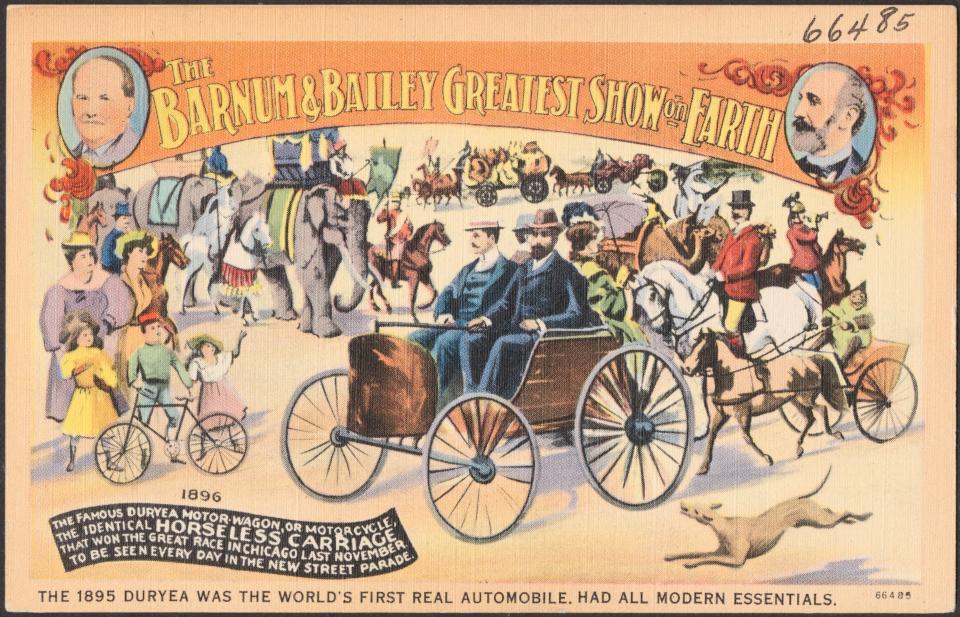
America's fascination with cars begins, but Fall River is left behind
Since car registration and driver’s licenses wouldn’t exist for many more years, it’s not known as an absolute certainty that Altham’s car was the first to be owned in Fall River — but it’s extremely likely, given that there are no earlier news reports of cars spotted on the streets, cars were still largely experimental at the time; and only the super-rich might’ve owned one.
Altham founded Altham International Motor Car Co. in 1898 to produce vehicles, just months before a car craze took hold of the public’s imagination.
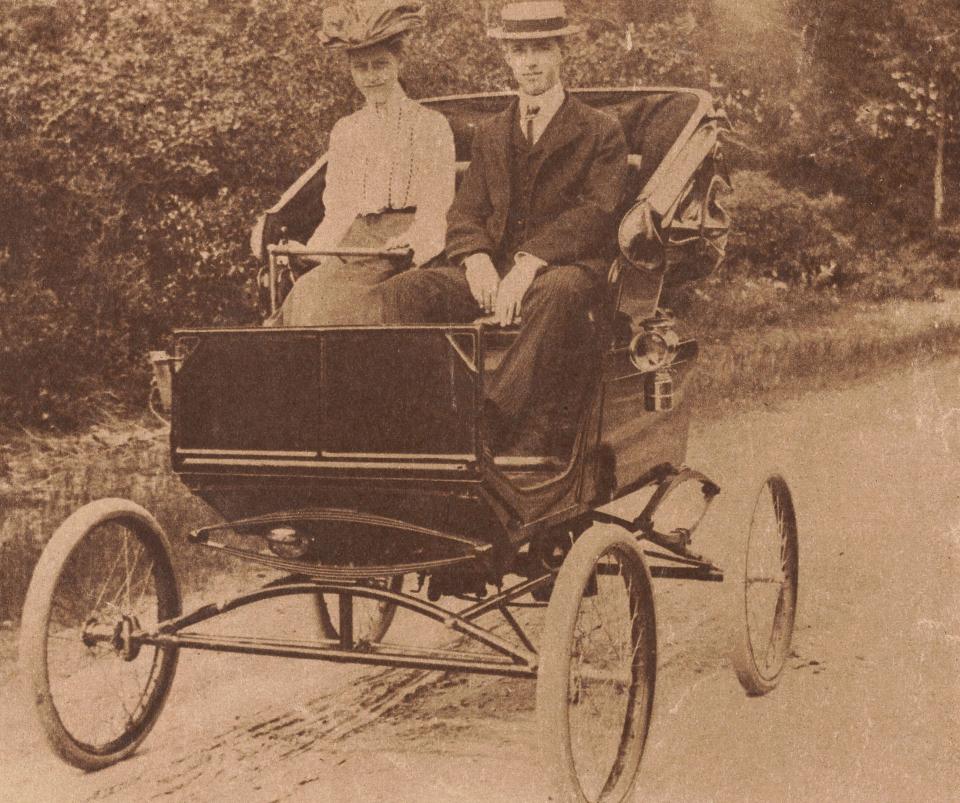
The summer of 1899 was the season of the automobile in Newport, Rhode Island, as the first cars were purchased by the Vanderbilts and the Astors — trend-setters, as the rest of Newport’s elite followed suit. News reports described a dozen or more of the newfangled machines puttering down Bellevue Avenue, with waiting lists to buy one. European developments saw cars become faster; one in Paris reached an inconceivable 32 mph. An intrepid Newton couple climbed Mount Washington in a car on Aug. 31, 1899, kicking off a bumper sticker trend that continues to this day. Sports pages began covering automobile races, while the rest of the newspaper debated what the car meant for humanity. "When automobiles become common there will be no such thing as the suburbs of a city,” wrote the Lewiston Journal. The Chicago Record wondered if flies might go extinct “when this mundane sphere is a horseless world.”
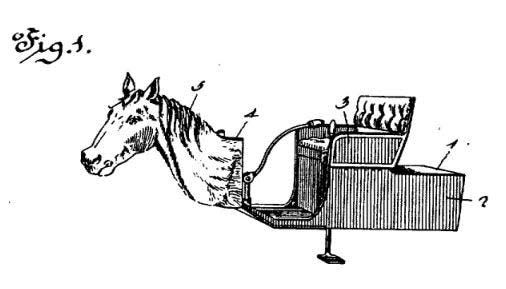
With cars came car accidents, and the story of one Vanderbilt being tossed from his automobile was news for a week. Providence introduced an ordinance fining people for reckless driving after a runaway carriage barreled through town, and in New Bedford a 5-year-old boy was run over and badly injured. One of Altham’s motor carriages spooked a butcher's horse on Davol Street, which bolted north onto George Street and spilled its load. Fears of cars spooking horses led one inventor to create a vehicle with a fake horse head stuck on the front, which was hollow and served as the fuel tank.
But just as the automobile began to take off, Altham’s factory on Ballard Street in Fall River abruptly shut down. A notice in December 1899 noted that “the corporation has not been any too successful from a financial point of view.”
What's in a name? We're not the only Fall River out there. Let's take a trip to 5 others
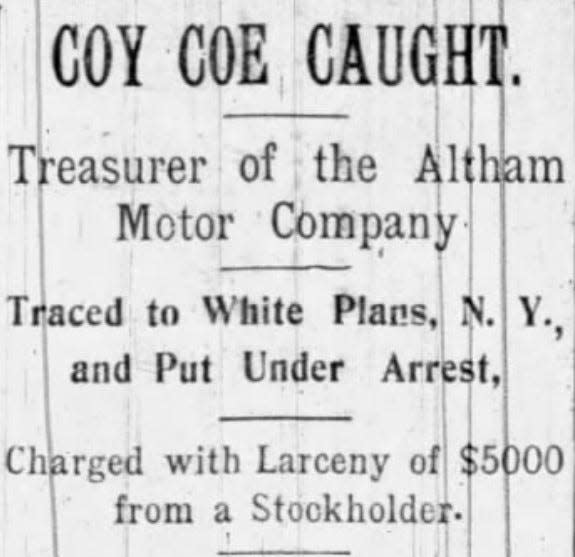
What happened to the Altham International Motor Co. and its inventor?
The Altham International Motor Co.’s treasurer, William W. Coe, borrowed $5,000 from one of the company’s shareholders, using as collateral a note from the company and hundreds of shares of stock — then Coe fled to "parts unknown.” He was arrested in New York State in January 1900. Facing charges of larceny and embezzlement, Coe pleaded not guilty. His case was dismissed when he managed to scrape together $5,000 in restitution.
But Coe left the company’s finances in shambles, with a proper accounting impossible because he’d literally torn pages out of the books. Altham International Motor Co. was dissolved. Only a few Althams were ever built.
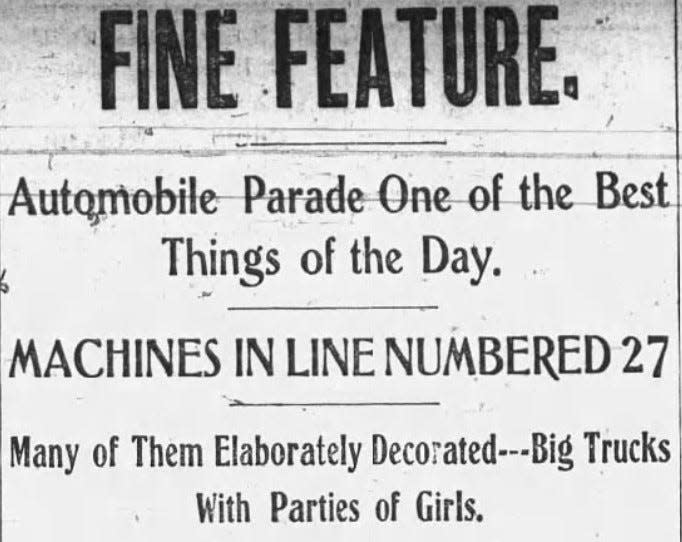
Altham continued to create patents for engines, but never re-entered the car business. He died in 1932, by which time the automobile had become commonplace. He and his wife, Nellie, had no children. She died in 1972, living to be 100. Both are buried in Swansea.
In 1906, Fall River held its first “automobile parade” for the Fourth of July. By this time, all the city’s most prominent citizens, politicians and mill owners owned cars. They decorated their steam-, electric- and gas-powered vehicles with flowers, bunting, crepe paper and flags — in one case, a Knox runabout was made up to look like a battleship.
None of the cars was an Altham.
Dan Medeiros can be reached at dmedeiros@heraldnews.com. Support local journalism by purchasing a digital or print subscription to The Herald News today.
This article originally appeared on The Herald News: Fall River played a role in American automobile history with Altham

